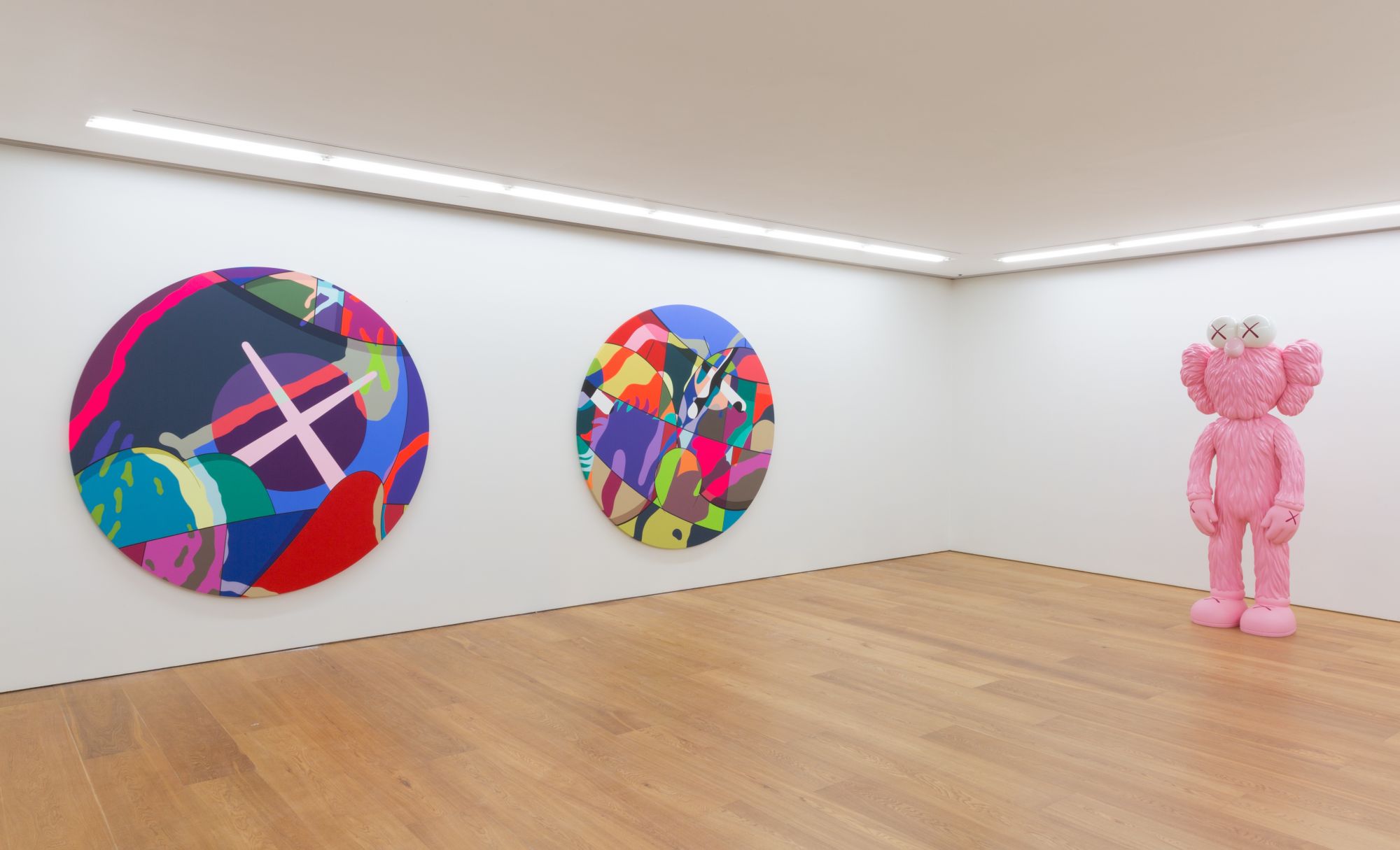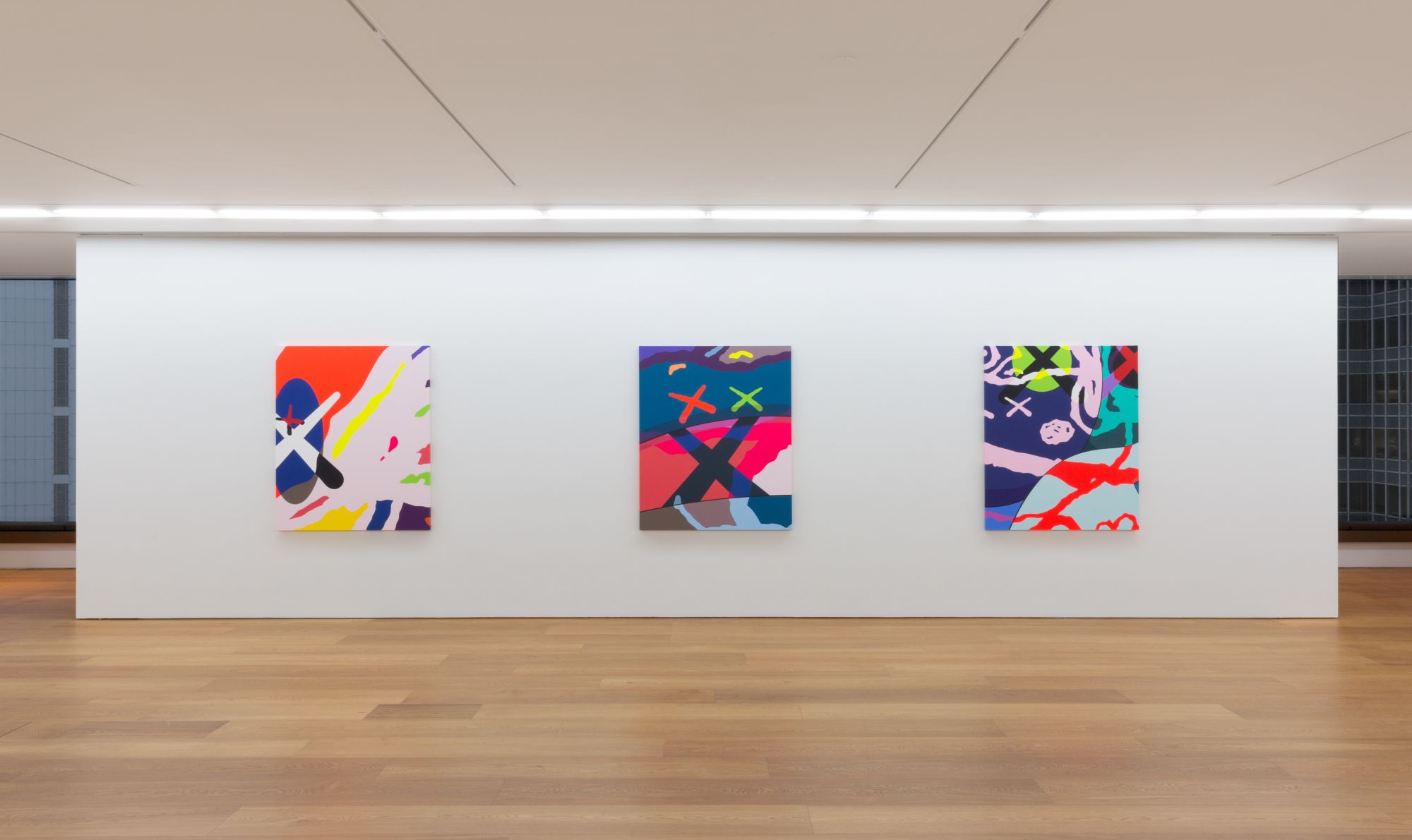When he was doing graffiti in the streets of New York, Brian Donnelly—or KAWS—never thought that his works would one day be on the walls of some of the world's leading fine art galleries
You might know him as the artist whose works are collected by the likes of Pharrell Williams, and you're probably familiar with the vinyl figurines of his instantly recognisable "Companion" characters.
There's no question that KAWS, real name Brian Donnelly, is one of the most relevant and important artists of his generation. But how much do we really know about the New York-based artist?
At the opening of his solo exhibition at Perrotin in Hong Kong, we sat down with KAWS to talk about how public art can transform communities and why making art more accessible to all is the key to making the world feel a little cosier.
On growing up with graffiti…
Back when I was doing graffiti, it seemed shocking that you could even have a career as an artist. I imagined I would end up doing a job in the arts, like graphic design, just something that would subsidise my interest in what I was doing in the streets.
Honestly, what I do now isn’t much of a departure from the street art and graffiti I was doing.

On putting your work out there for the world to see…
I try not to think about things like that too much. I tend to just focus on what I’m making. It’s nice to come to a different country, meet different people, but I wouldn’t let it change the work I’m going to make.
From the beginning, I’ve always created art with the idea of communication behind it. You get into graffiti when you’re younger because you don’t just want to make artwork in your room for only you to see—it’s about getting work in front of people and creating a dialogue.
I feel very comfortable having my work in front of people. At this point in my life, it’s perfectly normal.
On public art…
I think public art definitely creates more personal spaces or great art destinations that add character to a landscape. It changes lives and neighbourhoods. I think a smart building can work in the same way. After all, architecture is its own form of art.
At the end of the day it’s about creating a feeling; what’s in that space can dictate your mood and your experience.
See also: Art Talk: Jeffrey Deitch On What Makes Good Art
On the power of collaboration…
Collaboration gives you access to a new audience and the opportunity to work with somebody who can take you out of your box, to gain insight into how they would approach a problem. You can gain from that in a positive way or…well, I guess it’s all positive.
It can help you realise what you don’t want to do, or you can see things in a way that’s like, “oh, I’ve never thought to come at it from that angle before.”

